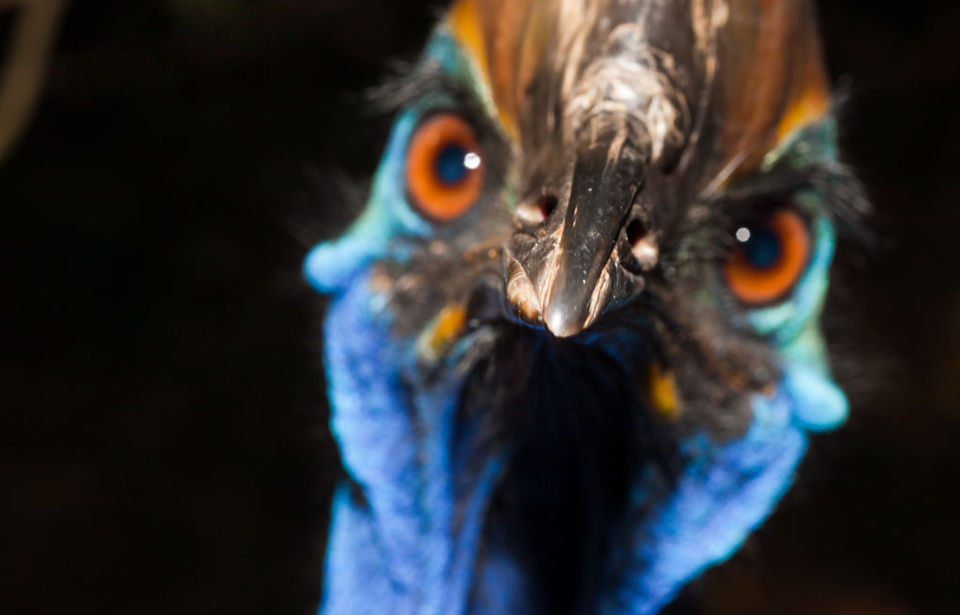A study published in the Proceedings of the National Academy of Sciences by researchers at the University of Pennsylvania suggests humans domesticated another bird prior to the chicken. Research conducted on 1,000 fossilized egg fragments found in New Guinea shows the cassowary was actually the first bird to be domesticated.
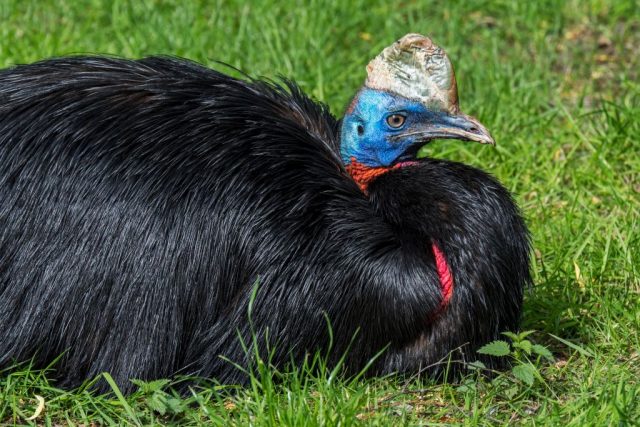
The cassowary is considered the most dangerous bird in the world, due to its long, dagger-like toes. Native to northern Queensland, New Guinea, and Australia, it can reach six feet tall and weigh up to 130 pounds. It’s known for its territorial and aggressive nature, and is often compared to dinosaurs, due to its prehistoric look.
The recent study analyzed eggshell fragments from two rock shelters used by hunter-gatherers in New Guinea – Yuku and Kiowa – and compared them to modern emu, ostrich, and turkey eggshells. Using high-resolution 3D imaging, researchers built a model of what the eggs looked like at various stages of incubation, as the insides change with the development of the chicks.
Through this analysis, they were able to conclude the majority of the eggs found at the sites were all near maturity, indicating humans harvested the eggs when the cassowary embryos had fully-formed beaks, limbs, claws, and feathers.
“What we found was that a large majority of the eggshells were harvested during late stages,” said Kristina Douglass, the study’s lead author and an assistant professor of anthropology and African studies at Penn State. “The eggshells look very late; the pattern is not random.”
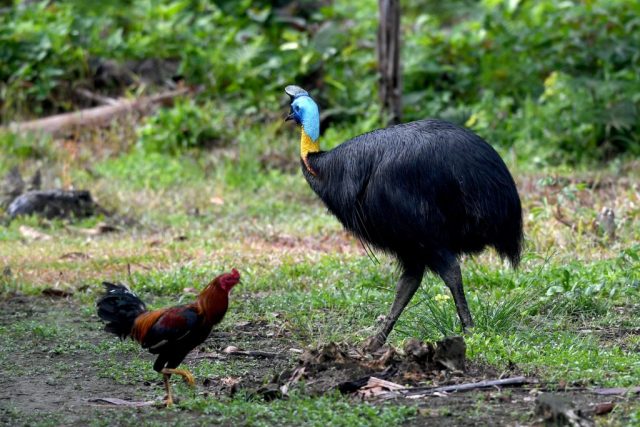
It’s possible these hunter-gathers were collecting the cassowary eggs to both eat and hatch. While the late-stage eggshells did not show burning, indicating they were not eaten, less mature eggshells showed signs of burning, suggesting they were cooked and consumed while their contents were still primarily liquid.
The eggshells were carbon-dated as part of the study, and are estimated to date back to between 18,000 and 6,000 years ago. This is far earlier than the domestication of chickens, which is believed to have occurred no sooner than 9,500 years ago.
“The behavior we are seeing is coming thousands of years before domestication of the chicken,” said Douglass. “And this is not some small fowl. It is a huge, ornery, flightless bird that can eviscerate you.”
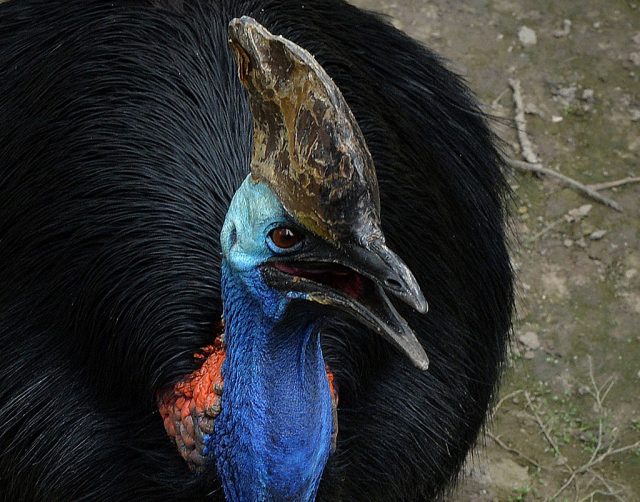
What is still unknown is how these ancient humans obtained their cassowary eggs. In order to hatch and raise the chicks, they needed to know where the nests were located, when the eggs were laid, and then remove them just before hatching. This would have been difficult, as the male cassowary is charged with watching the nest and doesn’t leave for 50 days while the eggs incubate.
Douglass suggested the male cassowaries were hunted: “People may have hunted the male and then collected the eggs. Because males don’t leave the nest unattended, they also don’t feed much during the incubation period, making them more vulnerable to predators.”
Once in their possession, it was easy to raise the cassowary chicks, due to their habit of “imprinting” – assuming the first thing they see upon hatching is their mother. This means they are relatively easy to raise into adulthood.
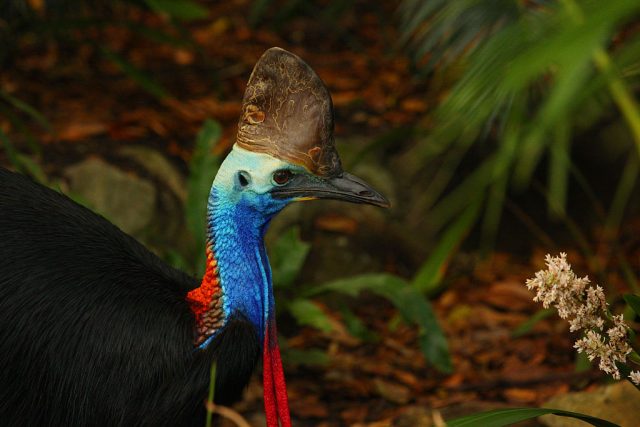
More from us: Australia’s Dangerous Animals List Isn’t What You’d Expect
New Guinea is a large island located north of Australia. The eastern half is known as Papua New Guinea, while the western portion makes up part of Indonesia.
